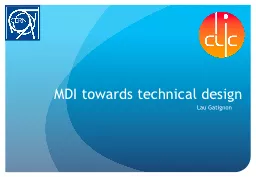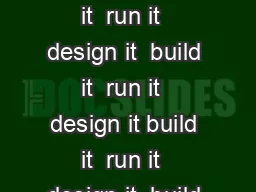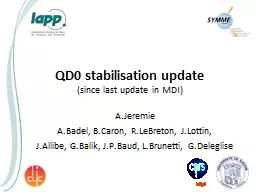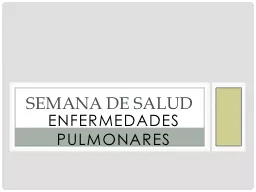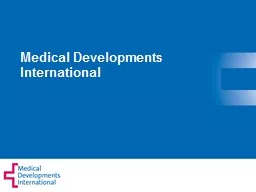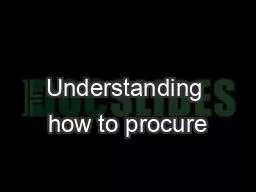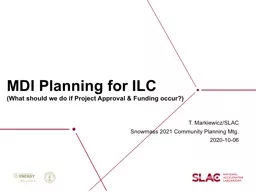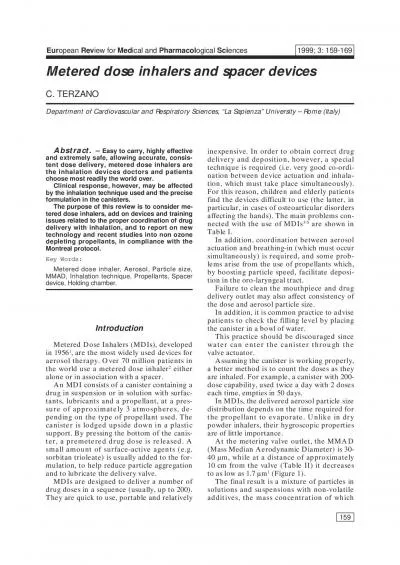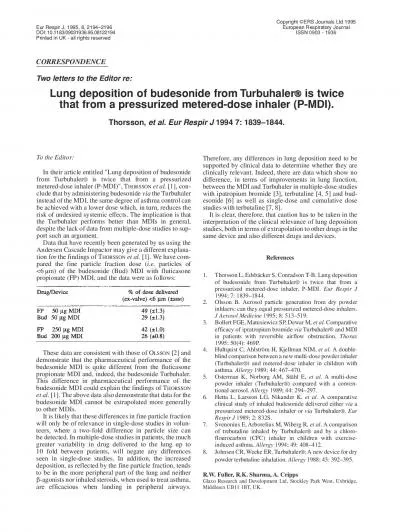PPT-MDI towards technical design
Author : genesantander | Published Date : 2020-06-17
Lau Gatignon Very preliminary To trigger discussions QD0 quadrupoles Support tubes MACHINE DETECTOR INTERFACE Vacuum IP Feedback Beamcal Lumical Antisolenoid Stabilization
Presentation Embed Code
Download Presentation
Download Presentation The PPT/PDF document "MDI towards technical design" is the property of its rightful owner. Permission is granted to download and print the materials on this website for personal, non-commercial use only, and to display it on your personal computer provided you do not modify the materials and that you retain all copyright notices contained in the materials. By downloading content from our website, you accept the terms of this agreement.
MDI towards technical design: Transcript
Download Rules Of Document
"MDI towards technical design"The content belongs to its owner. You may download and print it for personal use, without modification, and keep all copyright notices. By downloading, you agree to these terms.
Related Documents

